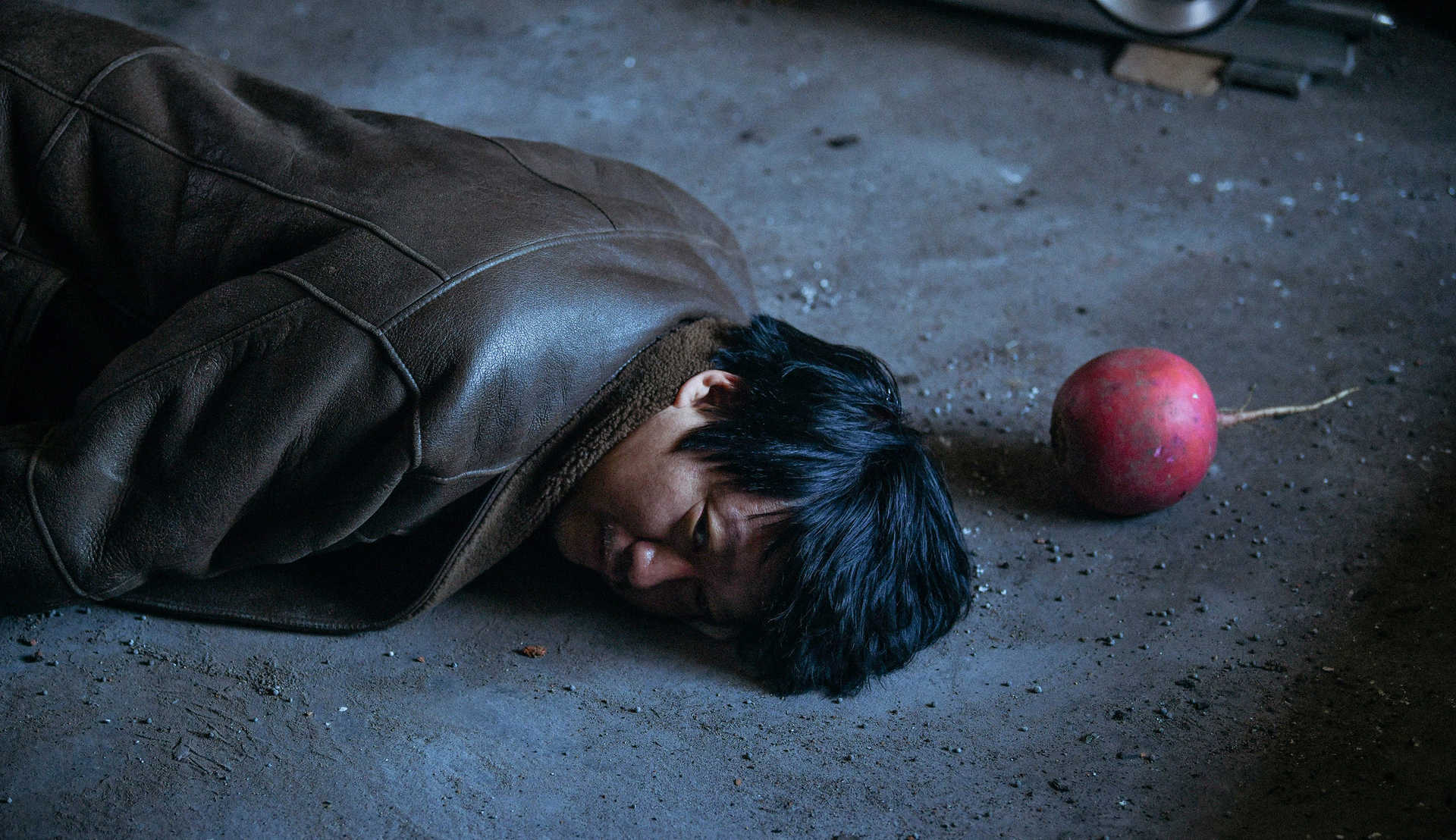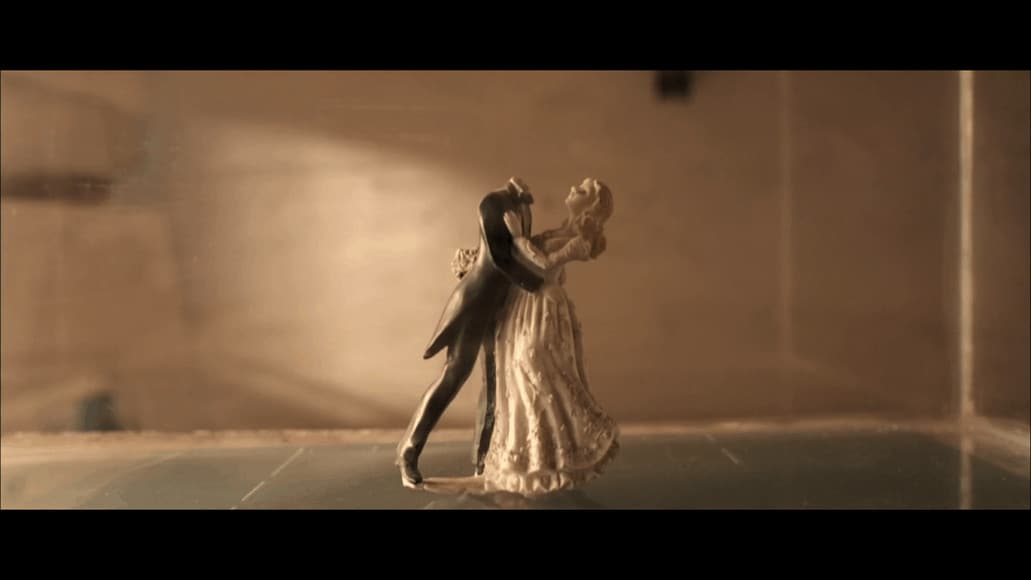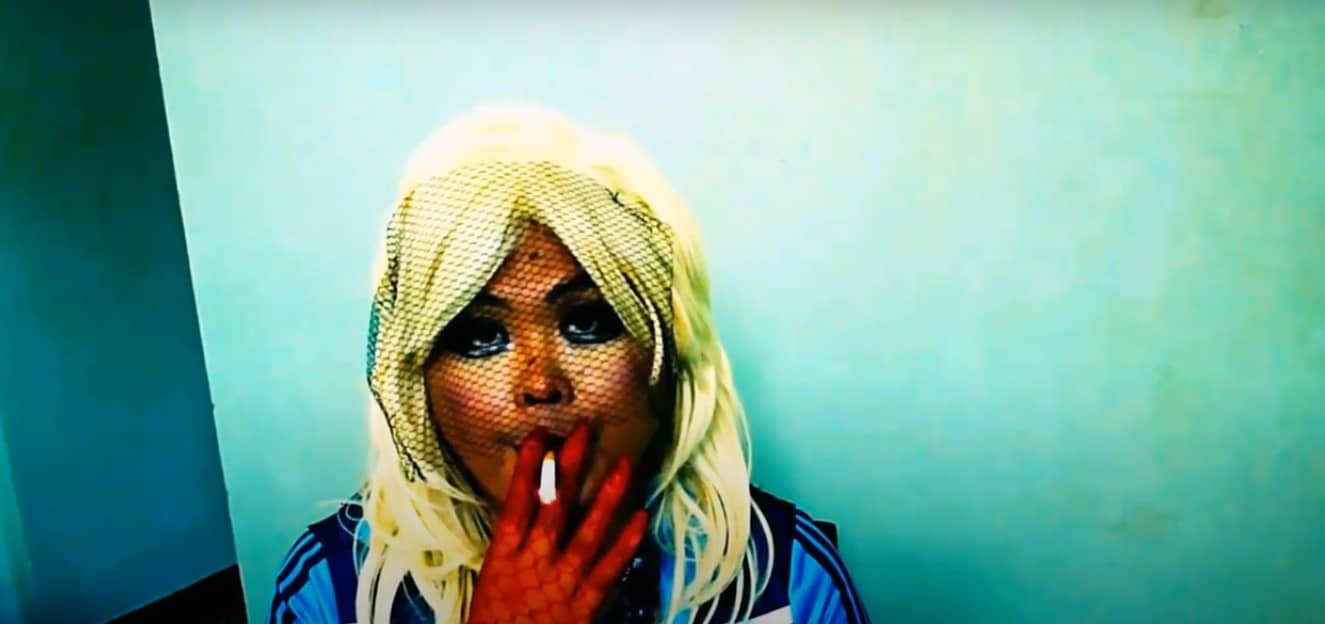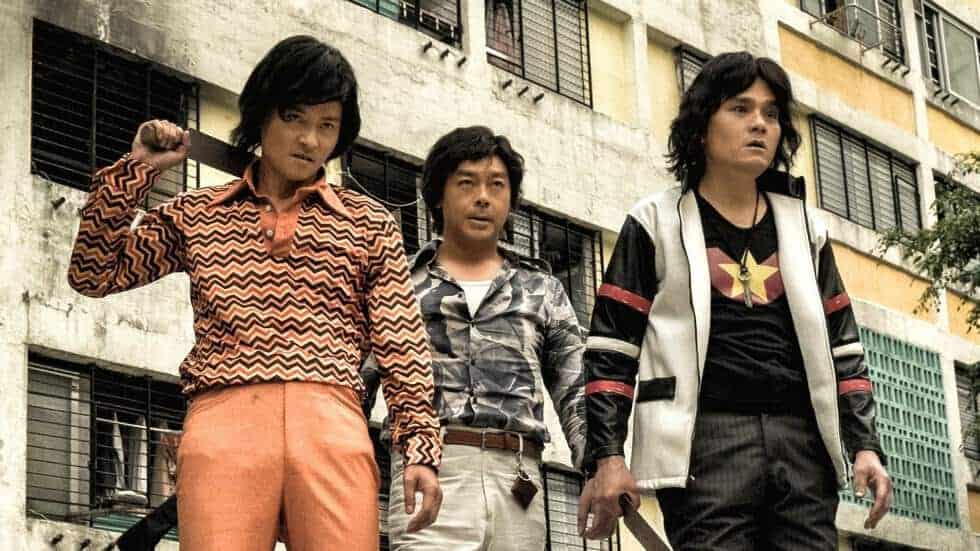Unsurprisingly, after the huge success that “Gamera vs. Guiron” proved to be, the failing film company was quick to grab onto the cash cow that the giant turtle series turned to be and commission another installment. This time, though, there was a sponsor in the face of the 1970 World Expo in Osaka. This brought a much bigger budget (35 million yen as opposed to 20 million for the previous installment) and for the first time in a couple of films, a plot that does not include aliens.
Buy This Title

Western Islands, 1970. A group of scientists finds a large whistle-shaped monument and decides to bring it to Expo 70 in Osaka, despite the protests the of country's elders. This awakes the giant monster Jiger who despite Gamera's try to stop it, arrives in Japan and obliterates half of Osaka. During one of the fights between the two behemoths, Jiger pierces Gamera with her tail and inserts a parasitic copy of herself in the giant turtle's lungs. This makes Gamera ossify like a rock. Initially thought dead, a group of scientists find out that Gamera is alive but rendered immobile by a large parasite in his body. Hiroshi (Tsutomu Takakuwa) and Tommy (Kelly Varis), two science-loving boys, manage to enter the body of the space turtle with a submarine. There they have to fight a miniature version of Jiger and for the first time in the series, save Gamera, the friend of children.
While the premise of this episode of Gamera's adventures sounds very similar to that of the only installment not directed by Noriaki Yuasa, “Gamera vs. Barugon”, the way he handles the material and deals with the themes, makes for a thoroughly different experience. And a pretty entertaining one at that. It looks like Yuasa made this movie with a slightly older audience in mind and it shows in the themes he touches upon. Whereas the previous installment “Gamera vs. Guiron” with its much younger viewers had the simplistic messages like “don't get into unknown vehicles and don't trust strangers”, “Gamera vs. Jiger” explores much more complex and ambiguous themes such as colonialism, globalization, and to a degree, rape and parasitism.
The last two are very peculiar as they are not something openly commented in movies with giant monsters. Though rape is not mentioned directly, it is strongly suggested through Jiger's phallic tail and the fact that the action traumatizes the victim. As traumatic as this scene might have been for some of the viewers, nothing prepares them for the inclusion of what seems to be documentary footage of parasite-filled elephant trunk. It's so graphic that it can make grown men shudder. Of course, Yuasa doesn't delve deeply into any of these topics and instead delivers pretty straightforward messages to the viewers, it's a children's movie after all, but the fact he nevertheless does it is commendable and proves that kaiju films are a bit more than senseless fun for kids.
This might be the most fun, entertaining, and visually accomplished Gamera film in the Showa era. The fighting sequences are fun with Jiger proving to be not only an incredibly formidable and even brutal foe but pulling different tricks from his sleeve every time he clashes with Gamera. He shoots, pierces, and evaporates parts of cities. At one point he even injects Gamera with his parasitic offspring. The last gives way for what is by far the most bizarre sequence in the entire series with Hiroshi and Tommy exploring the internal world of Gamera so to speak, and fighting a mini Jiger. It's cheap and cheesy with its design made up of plastic bags in a totally bonkers way.
This brings us to the interesting and imaginative production design by Akira Inoue and cinematography by Gamera veteran Akira Kitazaki. The framing is nice and the special effects are awesome, especially the destruction of Osaka. This probably comes from the fact that the production team had a lot more money to work with but also from the relatively inspired script by Niisan Takahashi.
The acting is a step up from the previous movies, too. Tsutomu Takakuwa is great as Hiroshi and while it shows that Kelly Varis is not fluent in Japanese in the least, he does a commendable job at reciting his lines and letting Hiroshi lead him. There is a bit bigger role played by the grown-up characters, too, with them making the whole mess with Jiger but none of the actors portraying the adult characters do anything to write home about.
The fun story, awesome effects, and gripping fight scenes make “Gamera vs. Jiger” one of the best movies in the series and a great time for fans both young and old.















